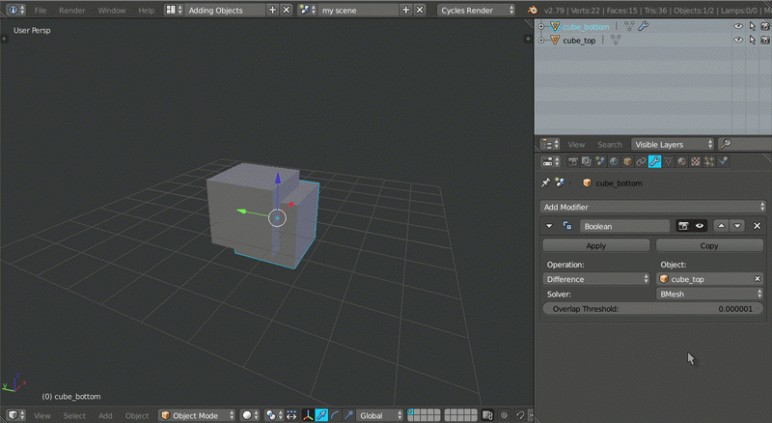Pdf Handbook Of Convex Geometry Volume Area
Handbook of Convex Geometry, Volume A offers a survey of convex geometry and its many ramifications and relations with other areas of mathematics, including convexity, geometric inequalities, and convex sets. The selection first offers information on the history of convexity, characterizations of convex sets, and mixed volumes. Topics include elementary convexity, equality in the Aleksandrov-Fenchel inequality, mixed surface area measures, characteristic properties of convex sets in analysis and differential geometry, and extensions of the notion of a convex set.
The text then reviews the standard isoperimetric theorem and stability of geometric inequalities. The manuscript takes a look at selected affine isoperimetric inequalities, extremum problems for convex discs and polyhedra, and rigidity. Discussions focus on include infinitesimal and static rigidity related to surfaces, isoperimetric problem for convex polyhedral, bounds for the volume of a convex polyhedron, curvature image inequality, Busemann intersection inequality and its relatives, and Petty projection inequality. The book then tackles geometric algorithms, convexity and discrete optimization, mathematical programming and convex geometry, and the combinatorial aspects of convex polytopes. The selection is a valuable source of data for mathematicians and researchers interested in convex geometry. This is a comprehensive treatment of Minkowski geometry. The author begins by describing the fundamental metric properties and the topological properties of existence of Minkowski space.
The following notes were written before and during the course on Convex Geometry which was held at the University of Karlsruhe in the winter term 2002/2003. Although this was the first course on this topic which was given in English, the material presented was based on previous. Citation: Proceedings of the CUPM Geometry Conference, Mathematical. Society Conference on Computer Vision and Pattern Recognition, volume 2, pages. Kluwer, 2000.
This is followed by a treatment of two-dimensional spaces and characterizations of Euclidean space among normed spaces. The central three chapters present the theory of area and volume in normed spaces--a fascinating geometrical interplay among the various roles of the ball in Euclidean space.
Later chapters deal with trigonometry and differential geometry in Minkowski spaces. The book ends with a brief look at J.
Schaffer's ideas on the intrinsic geometry of the unit sphere. Invariant, or coordinate-free methods provide a natural framework for many geometric questions. Invariant Methods in Discrete and Computational Geometry provides a basic introduction to several aspects of invariant theory, including the supersymmetric algebra, the Grassmann-Cayler algebra, and Chow forms.
It also presents a number of current research papers on invariant theory and its applications to problems in geometry, such as automated theorem proving and computer vision. Audience: Researchers studying mathematics, computers and robotics. In the series of volumes which together will constitute the 'Handbook of Differential Geometry' we try to give a rather complete survey of the field of differential geometry. The different chapters will both deal with the basic material of differential geometry and with research results (old and recent). All chapters are written by experts in the area and contain a large bibliography.
In this second volume a wide range of areas in the very broad field of differential geometry is discussed, as there are Riemannian geometry, Lorentzian geometry, Finsler geometry, symplectic geometry, contact geometry, complex geometry, Lagrange geometry and the geometry of foliations.  Although this does not cover the whole of differential geometry, the reader will be provided with an overview of some its most important areas. Written by experts and covering recent research. Extensive bibliography. Dealing with a diverse range of areas. Starting from the basics. The Handbook presents an overview of most aspects of modern Banach space theory and its applications.
Although this does not cover the whole of differential geometry, the reader will be provided with an overview of some its most important areas. Written by experts and covering recent research. Extensive bibliography. Dealing with a diverse range of areas. Starting from the basics. The Handbook presents an overview of most aspects of modern Banach space theory and its applications.
